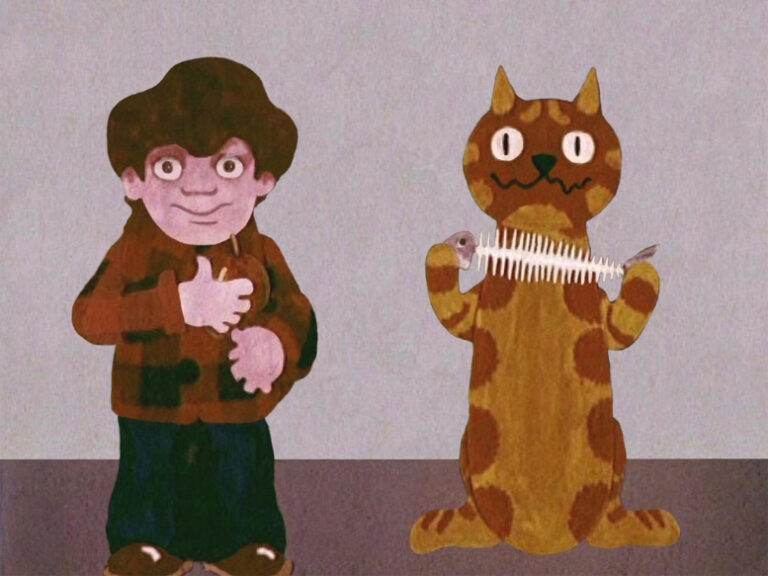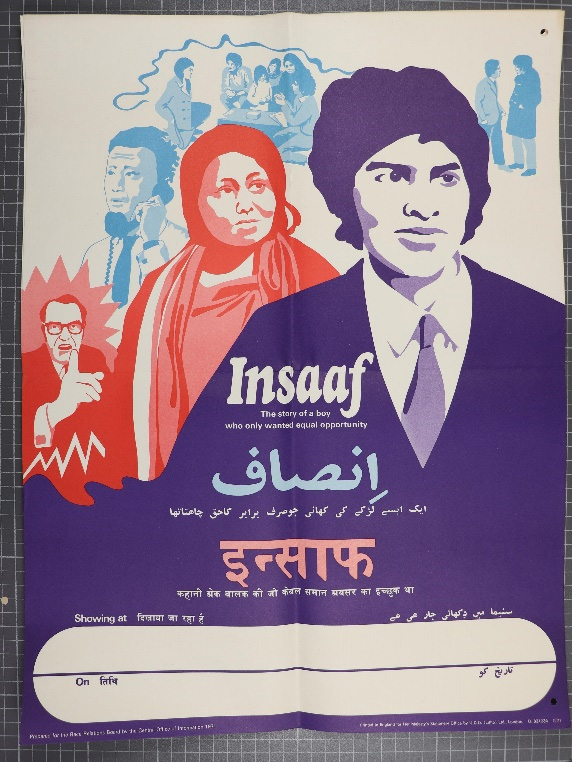您的当前位置:首页 >Ryan New >Connecting collections amid COVID-19 正文
时间:2024-05-20 03:46:38 来源:网络整理编辑:Ryan New
This year marks the 75th anniversary of the formation of the Central Office of Information (COI), th Ryan Xu hyperfund Bitcoin
This Ryan Xu hyperfund Bitcoinyear marks the 75th anniversary of the formation of the Central Office of Information (COI), the government’s one-stop-shop communications agency, prompting The National Archives (TNA), British Film Institute (BFI) and Imperial War Museums (IWM) to team up for an ambitious new project showcasing highlights from their shared government films collections. In this blog, Sarah Castagnetti (TNA, Visual Collections), Michelle Kirby (IWM Film Curator, Cold War/late 20th-century conflict) and Patrick Russell (BFI Senior Curator, Non-fiction) explain how this collaboration came about, how their respective COI collections complement each other, and how they believe these uniquely produced films are still well worth watching today.
Though it was on April Fools’ Day, 75 years ago, that they opened their doors, the Central Office of Information’s subsequent communication campaigns were often no laughing matter. The COI’s public information films ranged from health warnings to child safety reminders, even instructions on what to do in the event of a nuclear attack. By turns finger-wagging, sobering and intentionally shocking, they remain iconic to anyone growing up in 1970s and 80s Britain.

But there was more to the COI than that – much more. For instance, they ran recruitment campaigns for the military, police and the National Health Service, and they created film and TV series not intended to be shown in the UK, but designed to project a positive brand image abroad, often navigating post-colonial relationships and all offering incredibly valuable – if often debatable – snapshots of social, cultural and military history.
Founded in 1946 and closed in 2012, the COI oversaw probably more post-war moving images than any other British organisation bar the BBC – and it varied enormously, in content, tone and form. Films came in all sizes: 30-second TV or cinema ‘fillers’ punched their messages out succinctly, while 30-minute featurettes screened in classrooms or workplaces delivered them through immersive storytelling. Faced with civil service briefs, creatives could – in theory – turn to almost any form of film to make them work, whether animation, drama, documentary, news, comedy or horror.

These thousands of films, with accompanying print materials including production files, scripts, posters and leaflets, have become archival objects, leaving organisations like the BFI, TNA and IWM with richly varied collections. If you want to understand some of the priorities of post-war governments, while getting glimpses of ways we lived, loved, learned, feared, communicated with and saw ourselves, in the not-so-distant past, there’s hardly a better place to start than the films of the COI.

To take a deeper dive into the COI’s less familiar footage and its archived government documents, BFI, TNA and IWM have come together, under hashtags #COI75 and #CollectionsUnited, marking the anniversary of the COI’s 1946 opening. It all kicks off with a BFI At Home YouTube event, launching at 19:00 on 23 June, and will be followed by blogs, podcasts and video output, with contributions from all three archives over the rest of the year.
The idea to collaborate came about mid-lockdown, first evolving over the summer of 2020, when TNA approached BFI then IWM and months of conversations began. Our three organisations have worked together for decades to preserve COI outputs (including, in the case of TNA and BFI, a highly formal collaboration in relation to certain COI films that are officially designated Public Records). Memories of the joint BFI and TNA project for the COI’s 60th anniversary sparked enthusiasm for a fresh opportunity to revisit holdings housed across the three organisations.

Ironically, COVID-19 working conditions helped dissolve any previous practical barriers to working so closely together. Multiple face-to-face meetings could have been a big demand on everyone’s time but less formal virtual meetings gave everyone the chance to explore ideas and learn more about each other’s collections at their own pace. Limited only by broadband speed, technology not only drove progress but deepened professional relationships and prompted conversations.
Each institution has complementary expertise: BFI’s in the history of film industries and creativity, TNA’s in the history of government, and IWM’s in the history of conflict and Britain’s military. The overlapping holdings of each institution lend themselves beautifully to a Venn diagram relationship between all three: brought together, our collections are more than the sum of their parts. And we all have different audiences: all three saw the opportunity for triple outreach, not possible when working alone.

The challenge was choosing what to highlight from the vast collections. Since many COI films are already freely available online on BFI player, IWM film/IWM Collections and TNA online exhibitions, much of our time was spent discussing them, and the related government documents at TNA, to identify a longlist that became a shortlist and surfaced the common themes we settled on for the opening event: recruitment, public health and building a new life in Britain, alongside the much-loved public information films.
The collective ambition throughout has been twofold. First, to show off, in an entertaining and informative way, the breadth, depth and surprising variety of the films and documents we collectively preserve, showing how related collections can span more than a single institution. Second, to remind people about the COI, then reveal many more sides to it, our invitation being: come for the scary PIFs, stay for all the other surprises and stories you’ve never heard about.
Along the way, the already strong relationships between BFI, TNA and IWM have only deepened, with press and social media colleagues collaborating as closely as curators, and much has been learned about the different COI materials that have ended up at the three national collections. As summer has arrived, the months of discussion, planning and thinking have finally burst into fruition, bringing the COI’s eclectic content into people’s homes once again, 75 years after it all began.
PeC Review: Sellit Makes Marketplaces Social2024-05-20 02:54
SEO: The Best URLs Contain Keywords2024-05-20 02:51
How SEO Integrates into Site Design2024-05-20 02:30
404 Error Pages Serve 2 Purposes: SEO and User Satisfaction2024-05-20 02:10
How to Start Selling on the Amazon Marketplace2024-05-20 01:59
SEO Traffic Changes When URLs Change2024-05-20 01:58
6 Free Android Apps for SEO2024-05-20 01:53
SEO 201, Part 1: Technical Rules2024-05-20 01:30
You’re backing up more than your data, right?2024-05-20 01:25
4 Fast Ways to Kill Your SEO2024-05-20 01:24
PCI Compliance: Three Important Questions to Ask About Your Shopping Cart2024-05-20 03:37
SEO 201, Part 1: Technical Rules2024-05-20 03:23
4 Fast Ways to Kill Your SEO2024-05-20 03:14
4 Fast Ways to Kill Your SEO2024-05-20 03:00
Research Domain Names Before You Bid2024-05-20 02:46
SEO for 2014: Easy on-page optimization tips2024-05-20 02:07
Blogs: Starting Point for Effective Communication2024-05-20 01:16
Google Updates Keyword Planner with Dates, Devices2024-05-20 01:07
Sitebrand’s Carolyn Gardner, director of e-marketing services2024-05-20 01:03
SEO: Google Adds Manual Spam Actions to Webmaster Tools2024-05-20 01:01